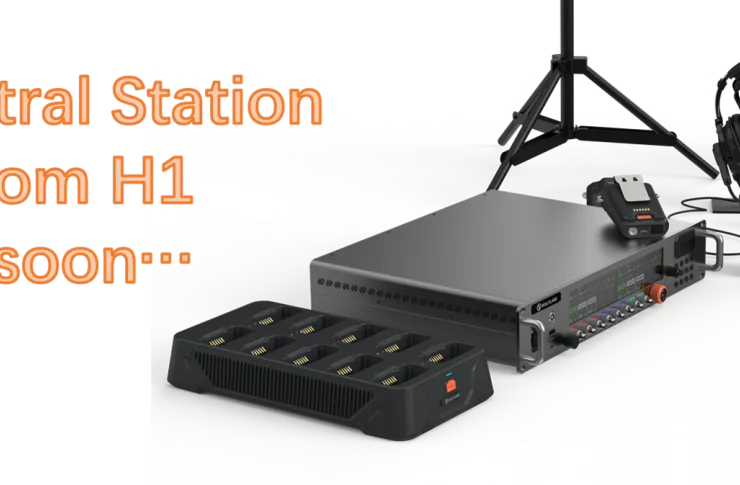Antennas for Difficult Platforms Part 1: What it means to be platform agnostic and the benefits for wireless device design

AntennaWare’s patented antenna technology is designed to deliver consistently robust wireless communications, even when deployed on electrically challenging platforms. This stems from the electromagnetic properties of the antennas, making them largely unaffected by the properties of the mounting surface, and therefore platform agnostic.
In this article you will learn:
- What it means to be “platform agnostic”
- Why most conventional antennas are not platform agnostic
- Some of the practical benefits for engineers designing wireless systems across diverse applications
For more in-depth technical material, download the whitepaper: The BodyWave Antenna – the next generation in wearable antenna technology
What does “platform agnostic” mean in antenna design?
In this case, “platform” refers to the material environment or surface on which the antenna is mounted, or in which the antenna operates – that could be a sports tracker PCB, casing of a smartphone, metallic industrial machinery, or a human or animal body. These platforms often introduce significant challenges for conventional antennas due to relatively high permittivity and dielectric losses (eg biological tissue), high electrical conductivity (eg metal surfaces), and impedance resonance detuning due to close proximity effects when placed on the platform.
A platform agnostic antenna maintains consistent RF performance regardless of where, who or what it is mounted on.
Specifically, this means:
- High radiation efficiency: the antenna has predictable, consistent performance and continues to radiate effectively even when placed in close proximity to a difficult platform such as the human (or animal) body or metal.
- Impedance stability – the input impedance of the antenna remains stable and well-matched to the RF front-end (system on chip/ transceiver) across different platforms minimizing losses and preserving link quality.
AntennaWare’s BodyWave™ and Omni-Wave™ antennas are designed to be inherently platform agnostic, with optimal antenna characteristics. While BodyWave™ is specifically optimized for on-body applications in terms of form factor, frequencies etc, and Omni-Wave™ is tailored for metal-mounted deployments such as industrial IOT sensing, automotive etc.
Why conventional antennas struggle on difficult platforms
Conventional antennas were specifically designed to work in free-space, with nothing placed in close proximity to the radiating element. Commonly used antenna types such as PIFA or chip antennas are highly sensitive to their environment. Their performance is unpredictable as they are strongly affected by proximity to nearby materials, which detune the antenna and impair radiation characteristics.
For example:
- On-body placement often results in significant absorption and detuning, reducing both range and reliability of the device – particularly in non-line-of-sight (NLoS) scenarios.
- Close proximity to metal shifts the resonant frequency and degrades the radiation pattern, leading to inefficiencies and creating coverage blind spots.
Additionally, many conventional antennas rely on a specific ground plane geometry to achieve radiation efficiency. This requirement imposes additional constraints on PCB layout and device form factor.
By contrast, as AntennaWare antennas do not suffer the same reduction in radiation efficiency, and compact designs can be realized by placing components directly under the antenna, for example; batteries.
Antennas designed to mitigate against these challenges…
AntennaWare’s patented antenna technology is specifically designed to mitigate:
- The effect of near-field coupling from the antenna to tissue or metallic environments causing resonant frequency detuning and reduced radiation efficiency due to bulk power absorption
...thereby enabling consistent radiation efficiency relative to its free space performance and impedance stability – key factors in reliable wireless performance.
These properties make AntennaWare antennas ideally suited for:
Unlike alternative solutions, AntennaWare antennas display better, more consistent radiation efficiency and impedance stability, regardless of their placement.
Detailed test results including benchmarking can be found in the Whitepaper: The BodyWave Antenna – the next generation in wearable antenna technology
Key benefits for wireless system designers
The primary benefit of platform agnostic antennas is predictable, reliable wireless performance across real-world use cases, regardless of how or where the device is placed. This gives the designer greater confidence and greatly reduces risk in both product development and deployment, including the reputational damage that comes with unreliable wireless products.
Additional engineering advantages include:
- Greater design flexibility and ease of deployment – the same antenna can be used across multiple products; and the same product used across multiple applications/environments
- PCB design flexibility – fewer restrictions in placement on the antenna, and no requirement to reserve a ground plane keep-out area. Therefore the back of the PCB can be populated with components, connectors or battery, maximizing board and space utilization.
- Reduced sensitivity to housing materials or nearby components.
- Improved power efficiency and conservation
- Repeatable RF performance - Consistent, results across production and environmental conditions
- Lower testing burden – less environmental sensitivity often translates to fewer test permutations and faster qualification cycles.
What's next?
Part 2 (coming soon) explores how the benefits of a platform agnostic antenna translates into real-world engineering wins.





